Search
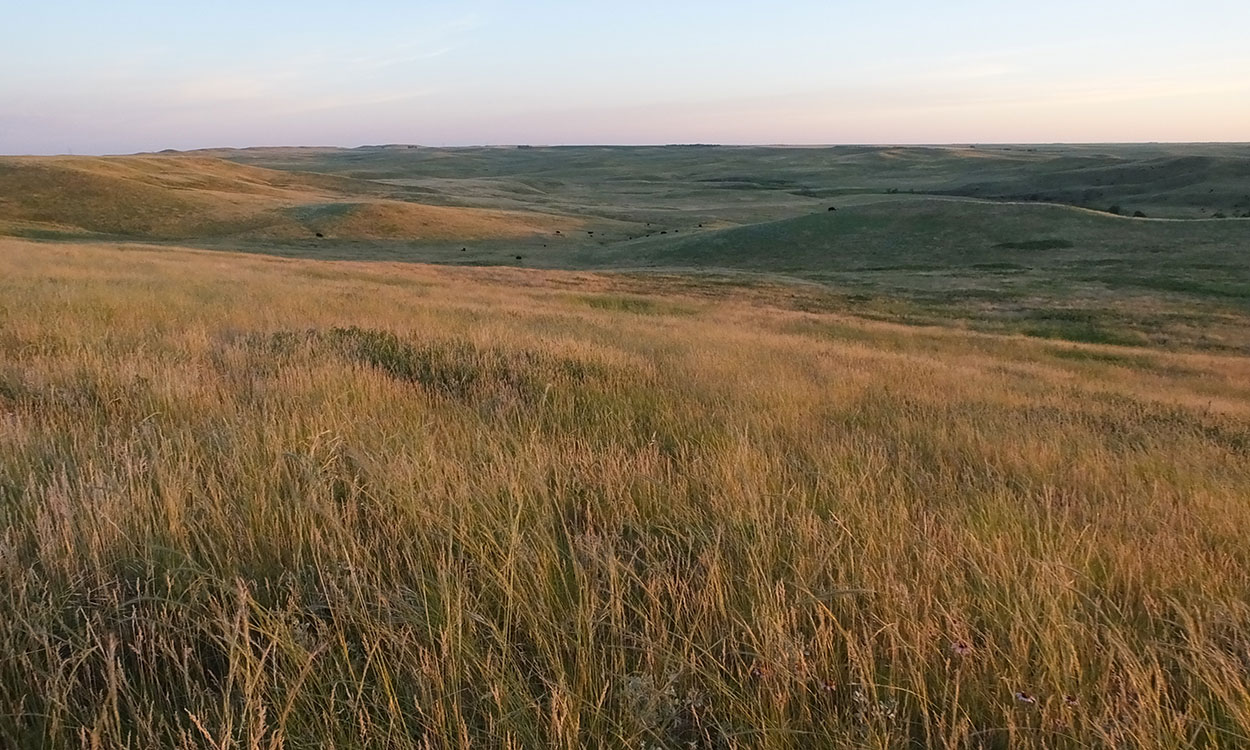
Historical Trends in South Dakota’s Agricultural Land Values by Land Use
Average cropland and pasture values increased in all regions of South Dakota between 1991 and 2024. Learn some expert insights into South Dakota's regional trends in agricultural land values and rental rates for cropland and pasture/rangeland.
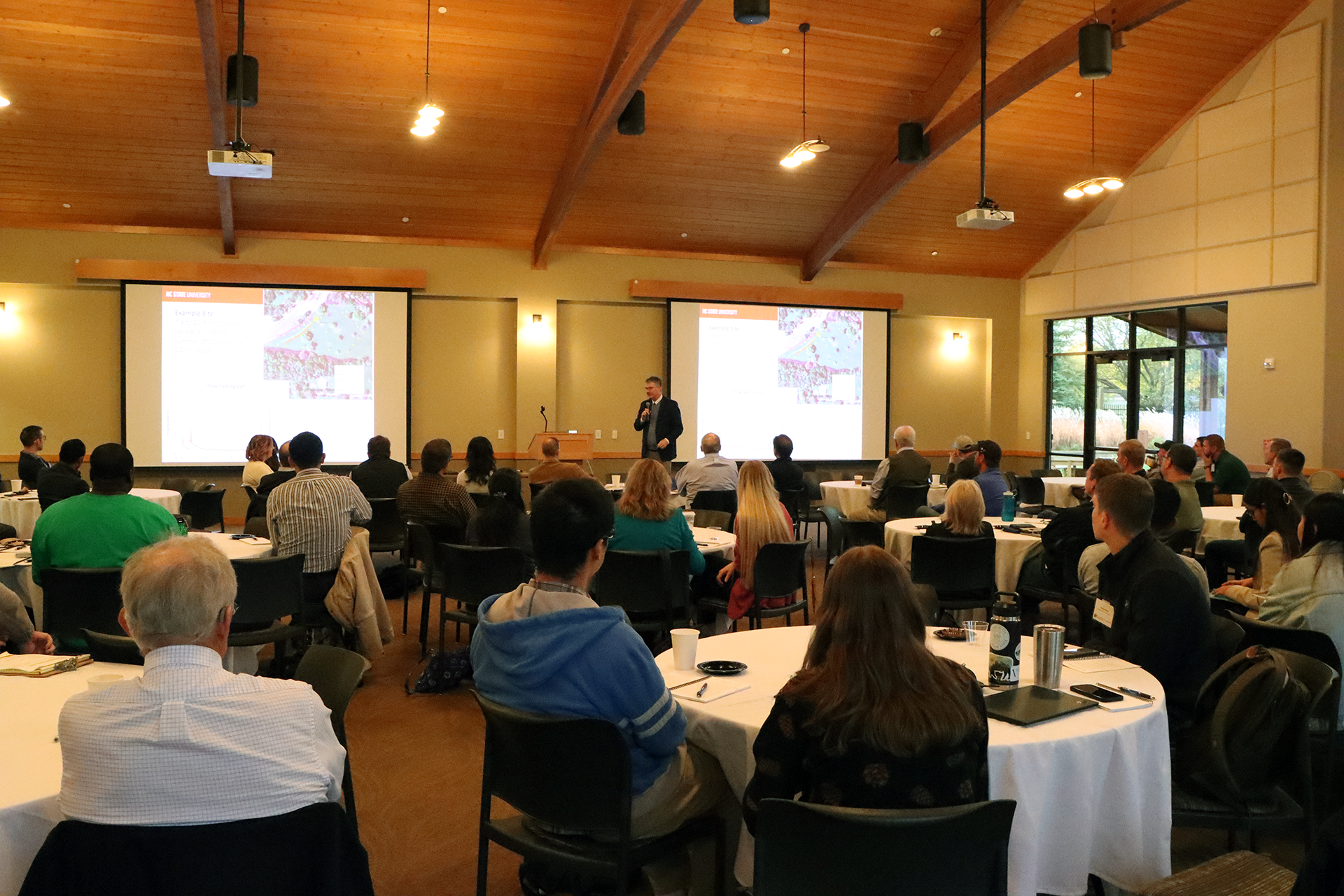
Eastern South Dakota Water Conference 2024
The Eastern South Dakota Water Conference will be held on Wednesday, October 16, 2024, at the McCrory Gardens Education and Visitor Center (631 22nd Ave., Brookings, SD 57006).

EPA Issues Emergency Order: Stop Using Dacthal
Following a review of data associated with the use of dimethyl tetrachloroterephthalate (sold under the most-common trade name, Dacthal), the EPA has issued an emergency order to stop using this active ingredient effective immediately.
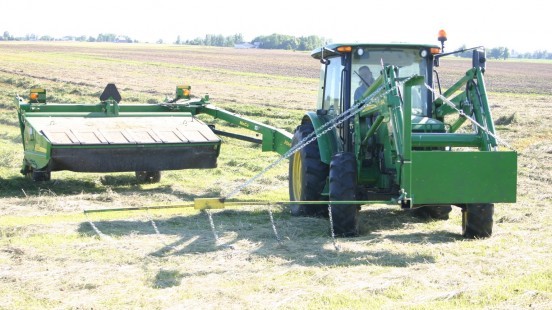
Haying With Wildlife in Mind
Anyone who has spent time cutting hay knows that hayland can be a magnet for wildlife in late spring and early summer. Hay fields are often considered an “ecological trap” for wildlife; that is, they appear to be high quality habitat for nesting or feeding due to tall, dense grass and legumes, but often lead to increased mortality once harvesting is under way.
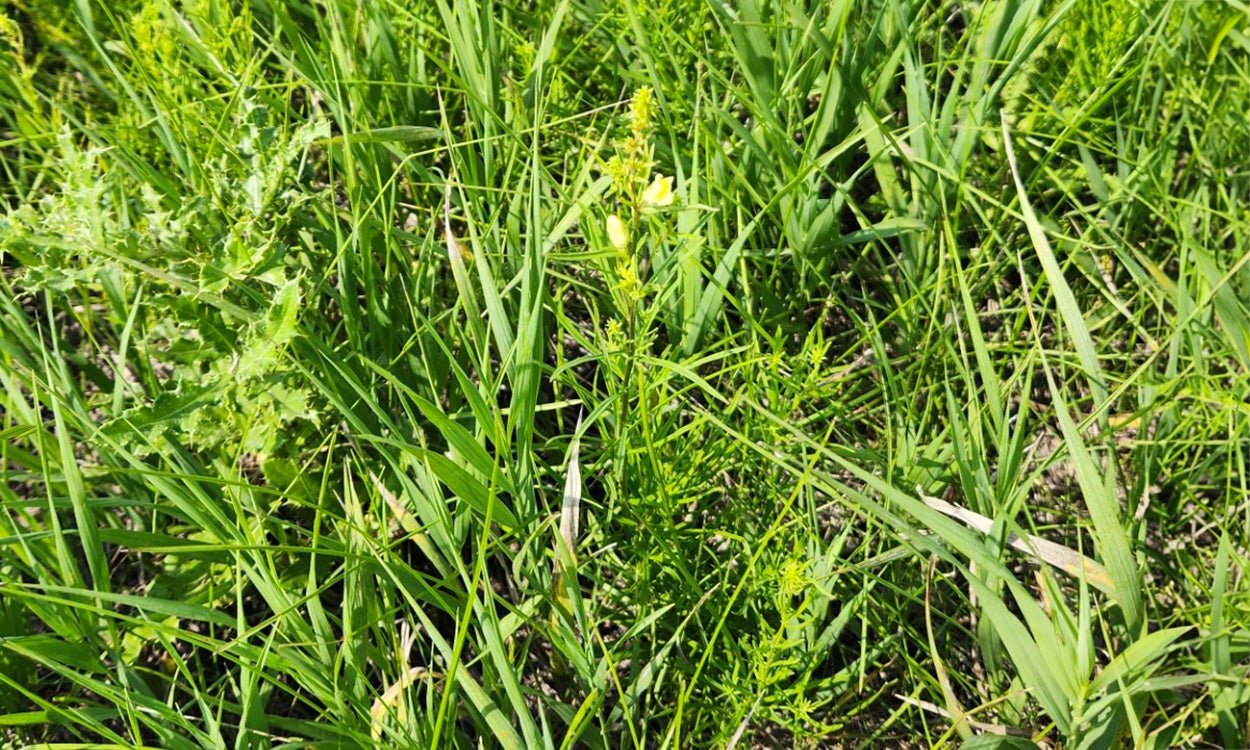
Yellow Toadflax Has Not Flowered in Some Parts of South Dakota
Yellow toadflax is a difficult-to-manage weed that infests pastures and rangeland. In contrast with other weeds, yellow toadflax should be sprayed when flowers are present for more-effective management.
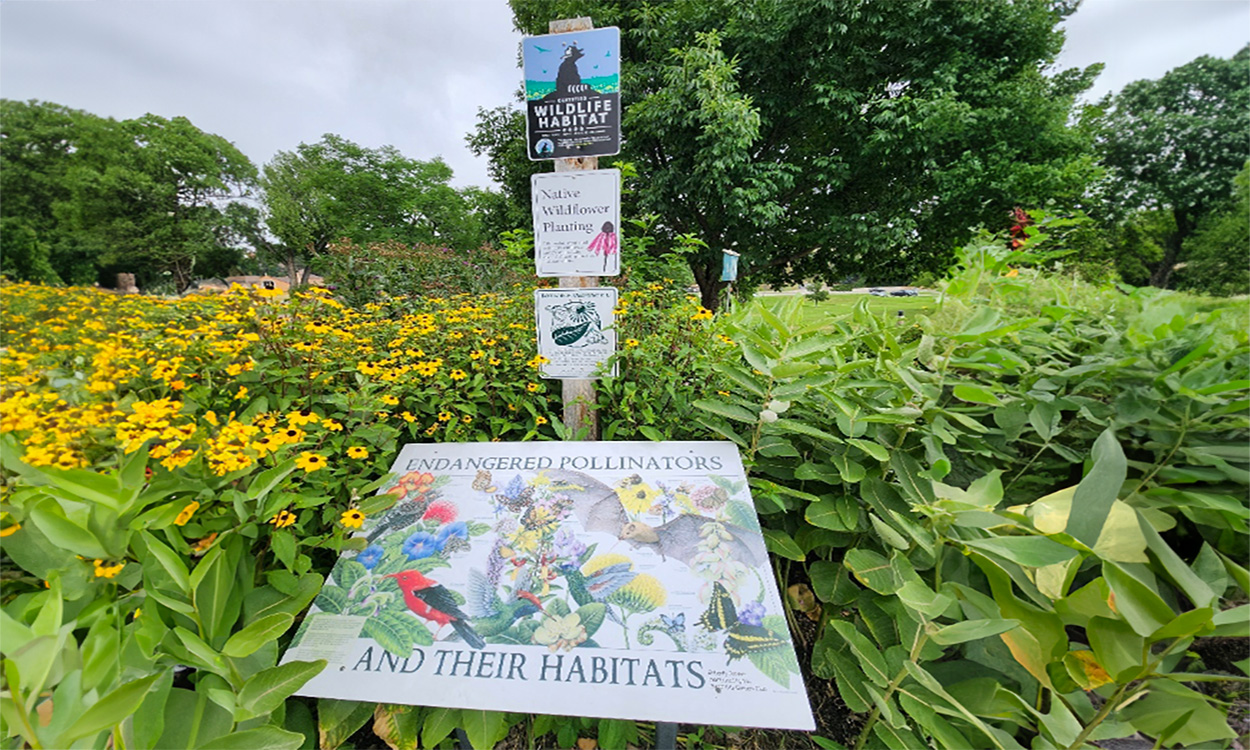
Funding Opportunities for Small-Scale Pollinator Habitats: A Guide for Urban and Home Garden Projects
Urban habitats are essential for providing food, shelter, and breeding grounds for important pollinators. Learn about some of the many funding opportunities available for urban pollinator habitat projects of all sizes and scopes.
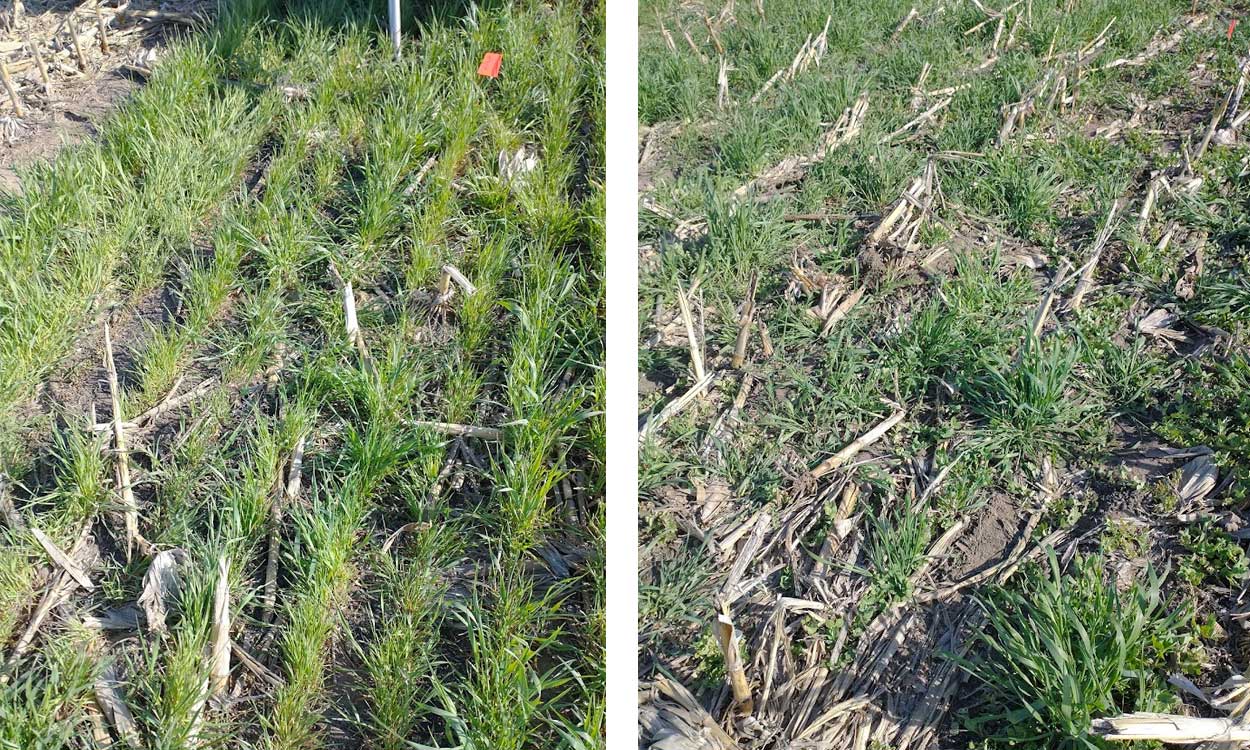
Choosing Whether to Preharvest Broadcast Vs. Post-Harvest Drill Cover Crops
Cover crops are frequently planted following the harvest of the grain commodity crops. A decision for producers to make is to whether to preharvest broadcast or postharvest drill the cover crop.
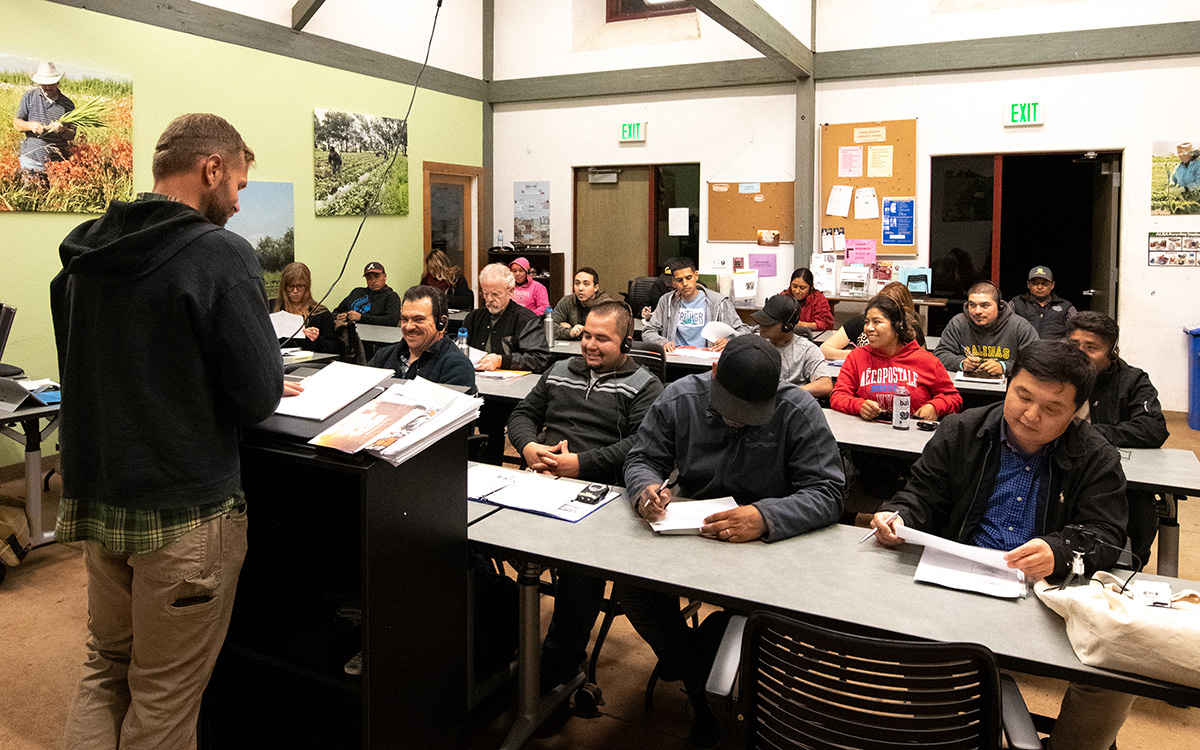
South Dakota Commercial Pesticide Applicator Certification Testing
New commercial pesticide applicators and those that have allowed their licenses to lapse must pass commercial pesticide applicator exams to receive certification. Learn about some some helpful resources, contacts, and tips to help you be successful in your certification testing.
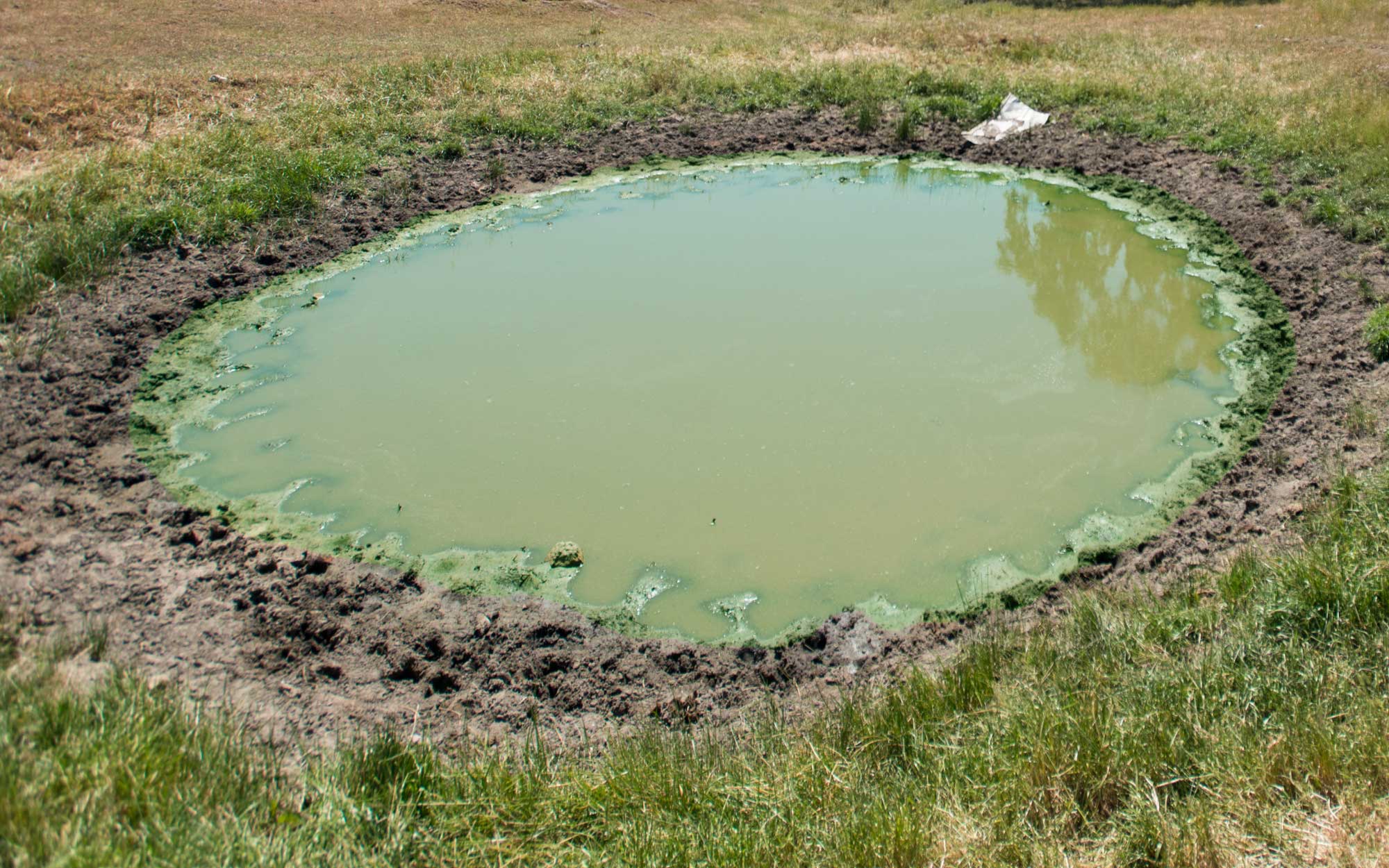
Blue-Green Algae and Livestock
With warmer temperatures, the conditions are right for blue-green algae blooms. Different species of blue-green algae contain various toxins, which can poison livestock, resulting in rapid death.
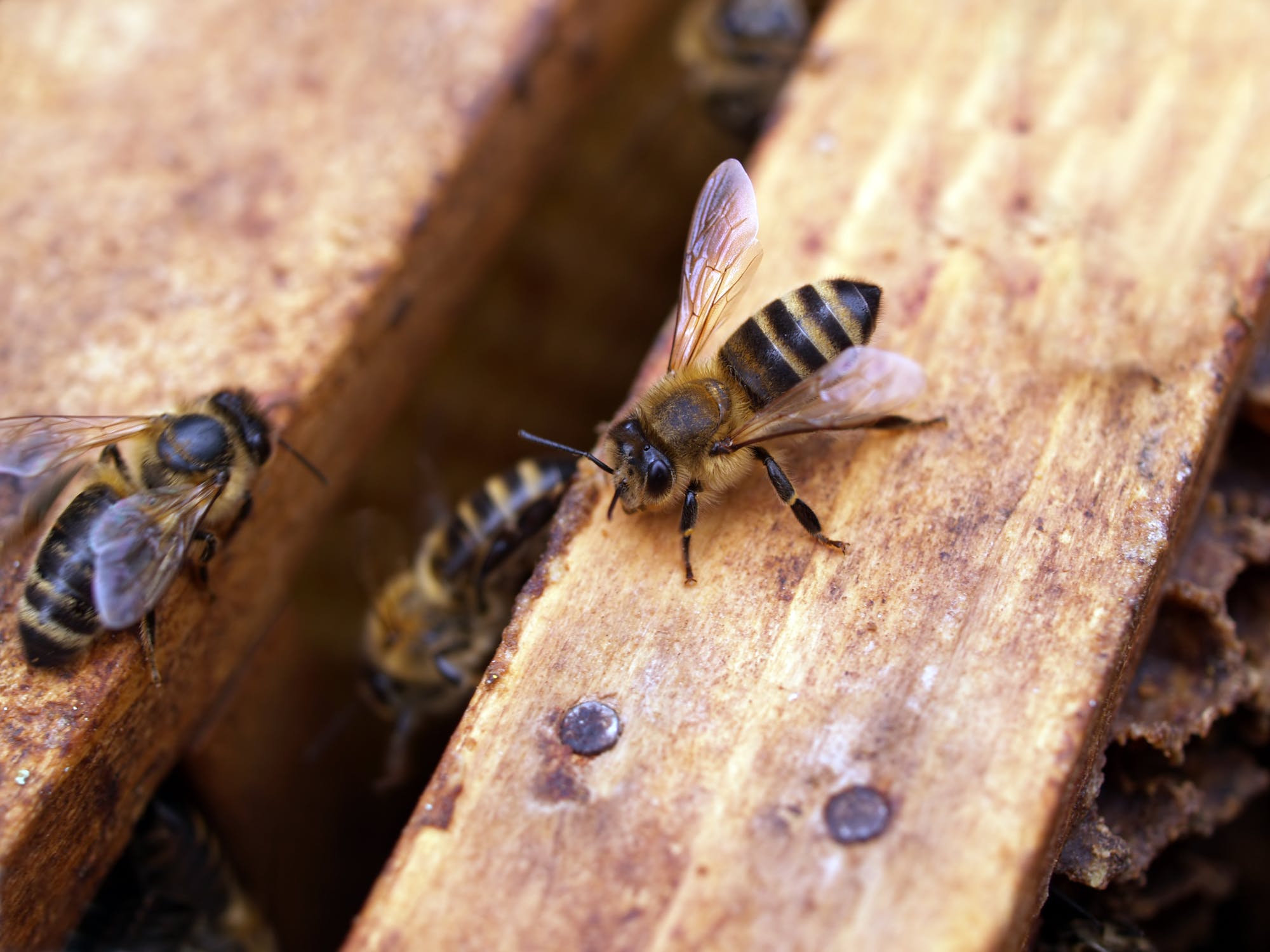
Backyard Biodiversity: Nest boxes for native bees
Many of our native bee species are solitary. In order to ensure that these kinds of bees spend more time in our yards and gardens, it is important to make sure we include places for them to nest.